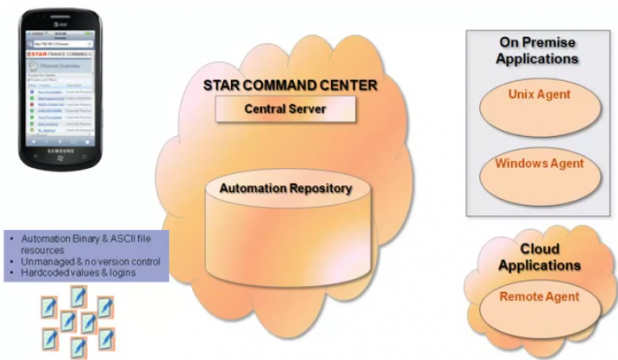What Does IBM Want with Star Analytics?
IBM announced Feb. 1 that it had entered into an agreement to acquire the software assets of Star Analytics, a privately held analytics firm based in Redwood City, California. Financial terms weren’t disclosed. "IBM sees an enormous opportunity for our clients to apply Star Analytics to the information they have stored in their financial applications," Leslie J. Rechan, general manager of IBM Business Analytics, wrote in a statement accompanying the news. "And to then easily access it within their IBM performance management and business intelligence solutions." But what does Star Analytics actually do? Founded in 2004, the company offers two platforms in its software portfolio: Star Command Center (SCC), which helps IT administrators and other pros automate processes across heterogeneous computing applications and environments, and Star Integration Server (SIS), a data bridge that extracts business data and metadata from Oracle Essbase, Oracle Hyperion Planning, and Oracle Hyperion Financial Management—and makes that data available to various reporting applications and data warehouses. Star Command Center, which also comes in a cloud version, boasts a central Automation Repository for secure application and data automation source control. Users can leverage the platform to run automated processes on an ad-hoc basis. As with most platforms of this nature, there’s also a centralized dashboard for insight into everything that’s running at that particular moment. IBM has invested quite a bit of capital in analytics. Back in November 2012, it announced plans to build a new analytics center in Columbus, Ohio, staffed with as many as 500 analytics consultants and other professionals. The following month, it acquired StoredIQ, a firm that specializes in data governance. So far this year, it’s announced the launch of Security Intelligence with Big Data, which uses analytics to detect various cyber-security threats. While Forrester recently listed IBM as a “leader” among analytics vendors, Big Blue continues to face sizable competition from SAP, SAP, Oracle, and a host of smaller firms. “IBM’s complementary solutions, such as InfoSphere Streams and Decision Management, strengthen the appeal for firms that wish to integrate predictive analytics throughout their organization,” read Forrester’s report. But given the interest and money involved in the analytics market, no company can afford to rest on the strengths of its current portfolio. Meanwhile, more and more clients are drifting toward a more heterogeneous computing environment, and require tools capable of crunching multiple types of data in powerful ways. Those two factors—plus Star Integration Server’s ability to break Oracle data out of its lockbox—would be more than enough for IBM to consider an acquisition of this type. Image: Star Analytics
